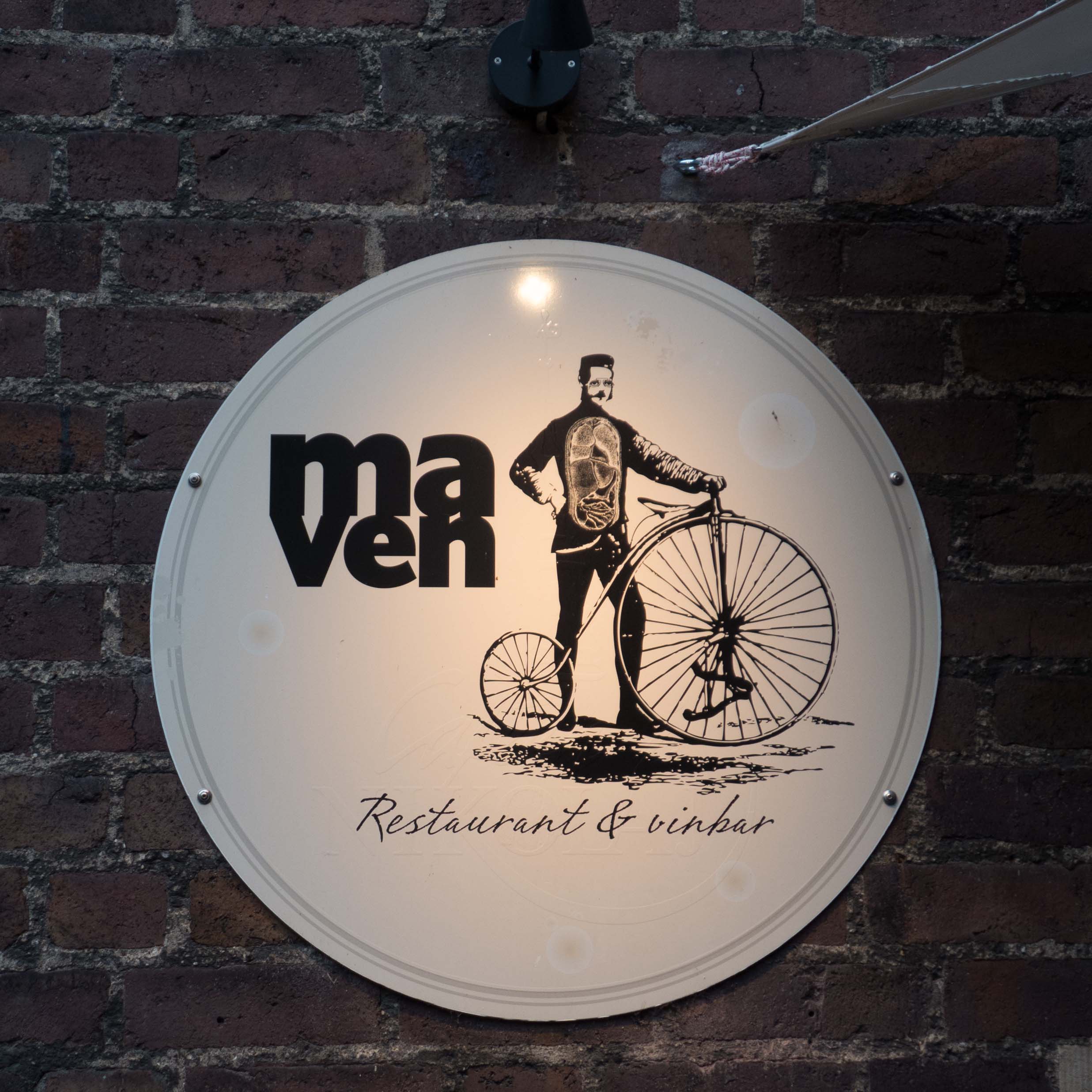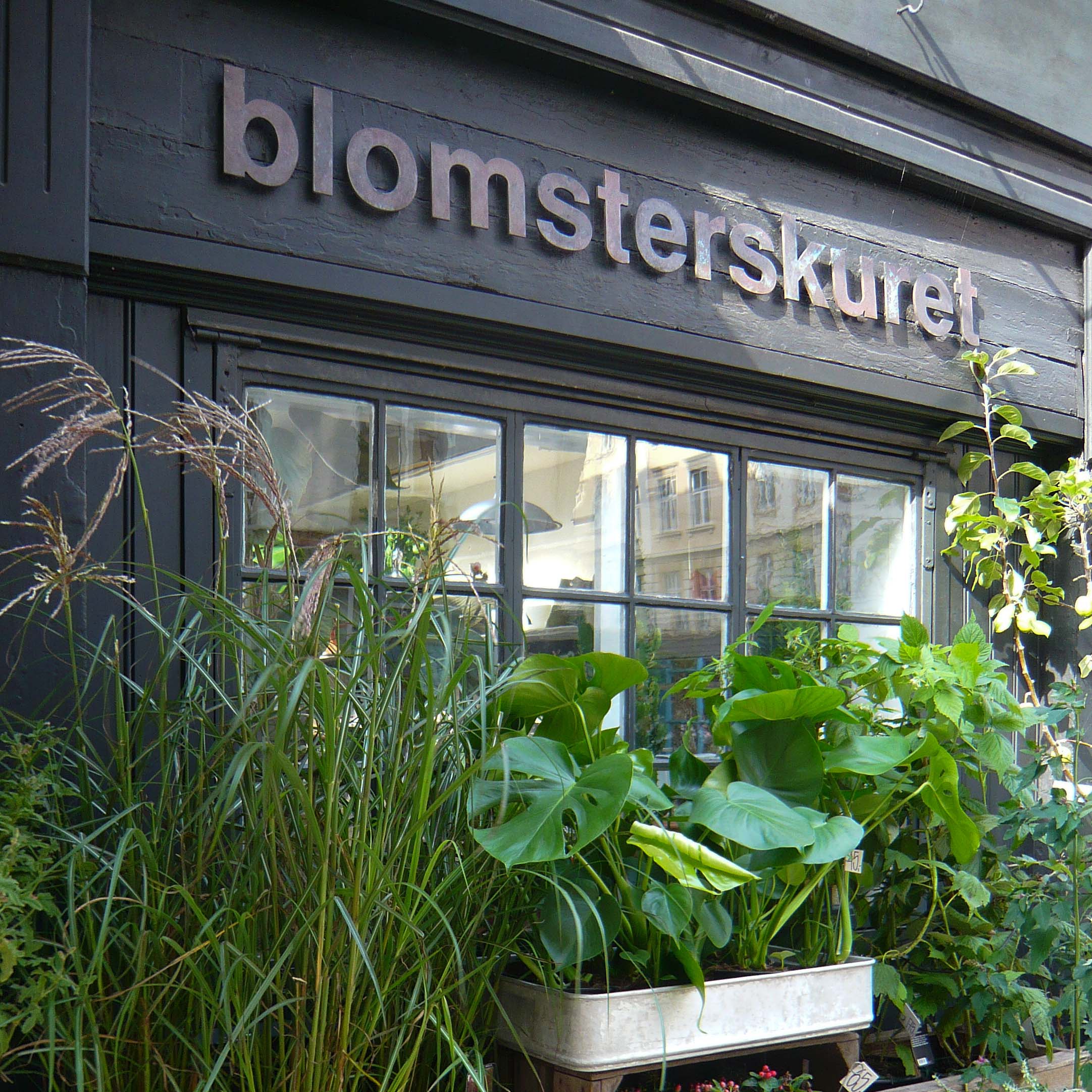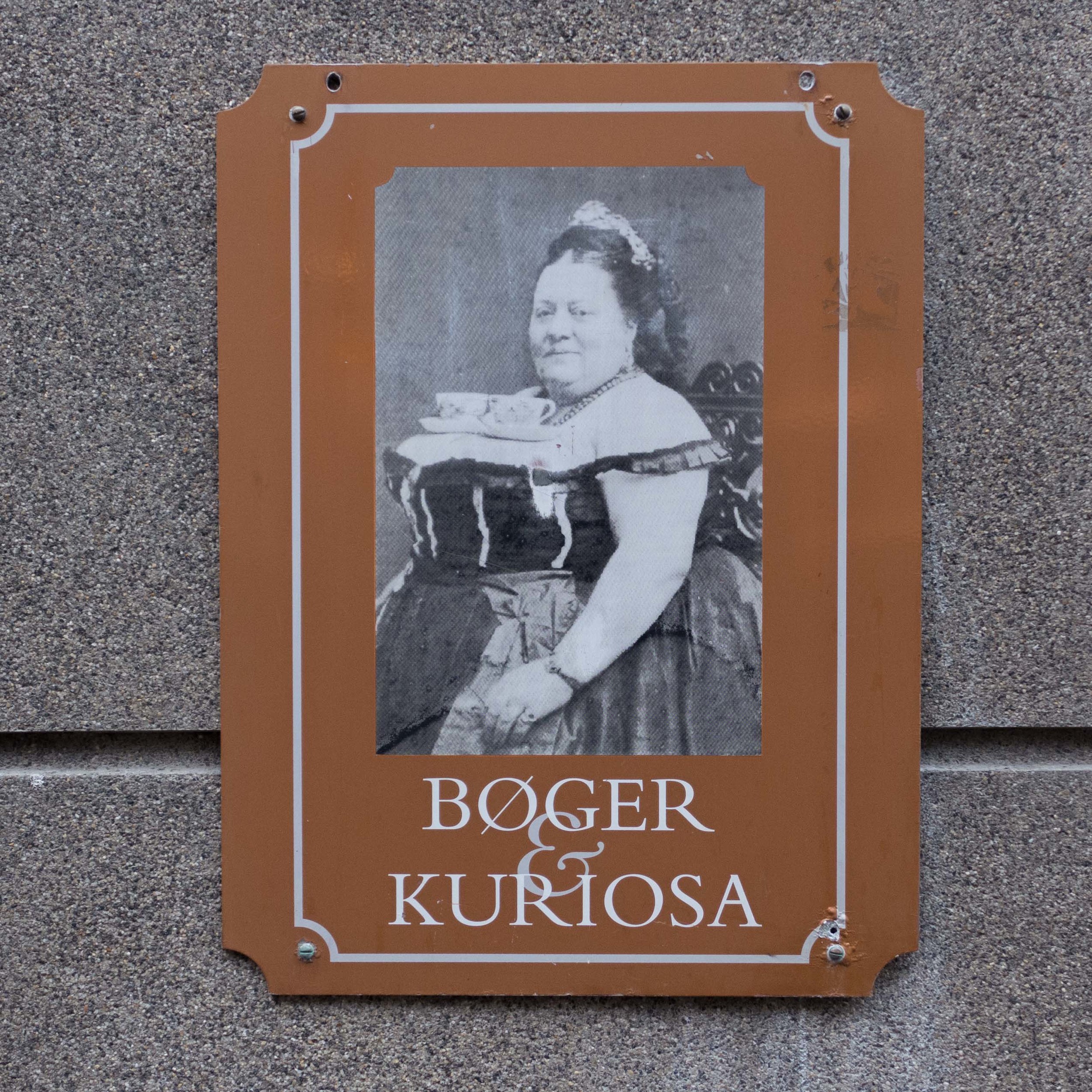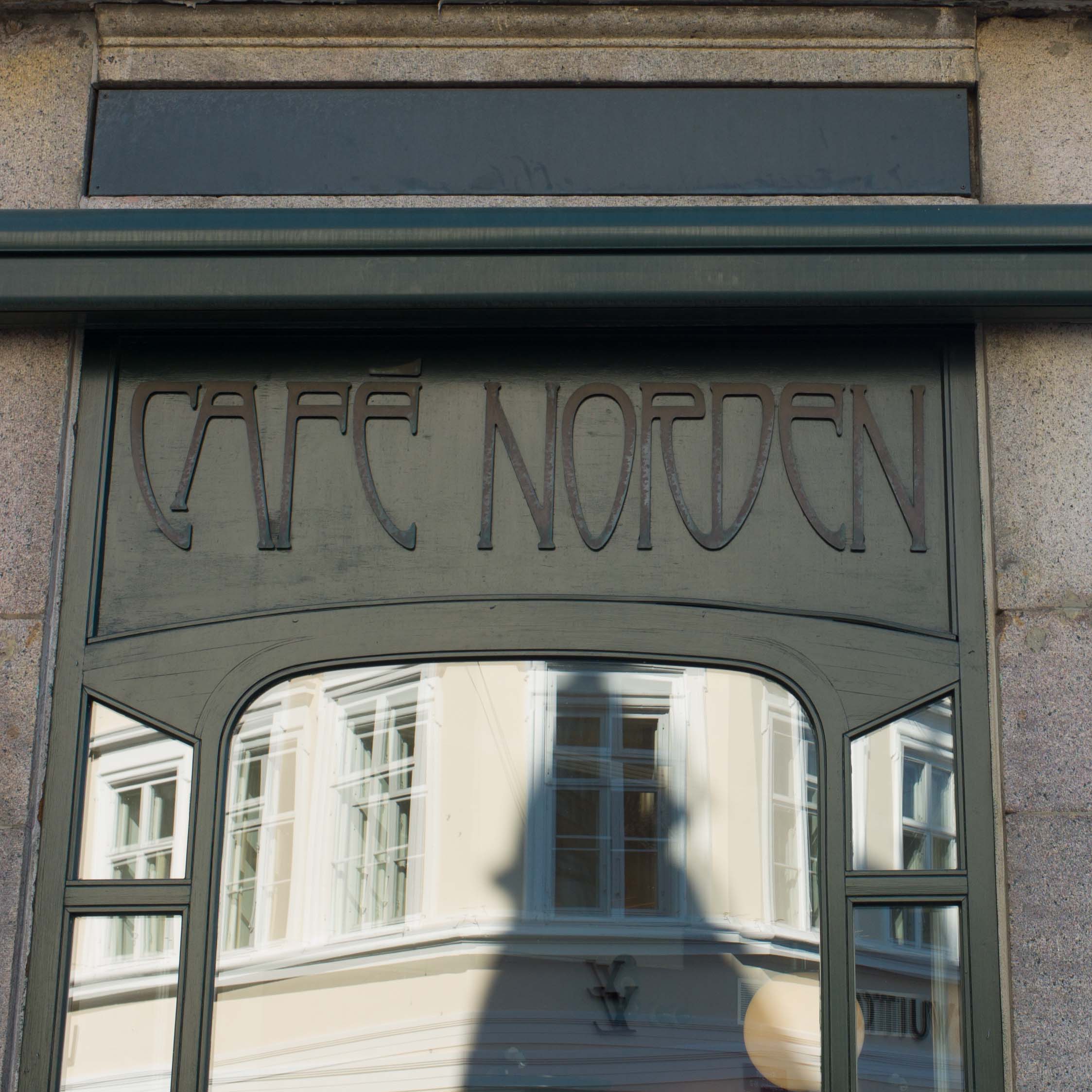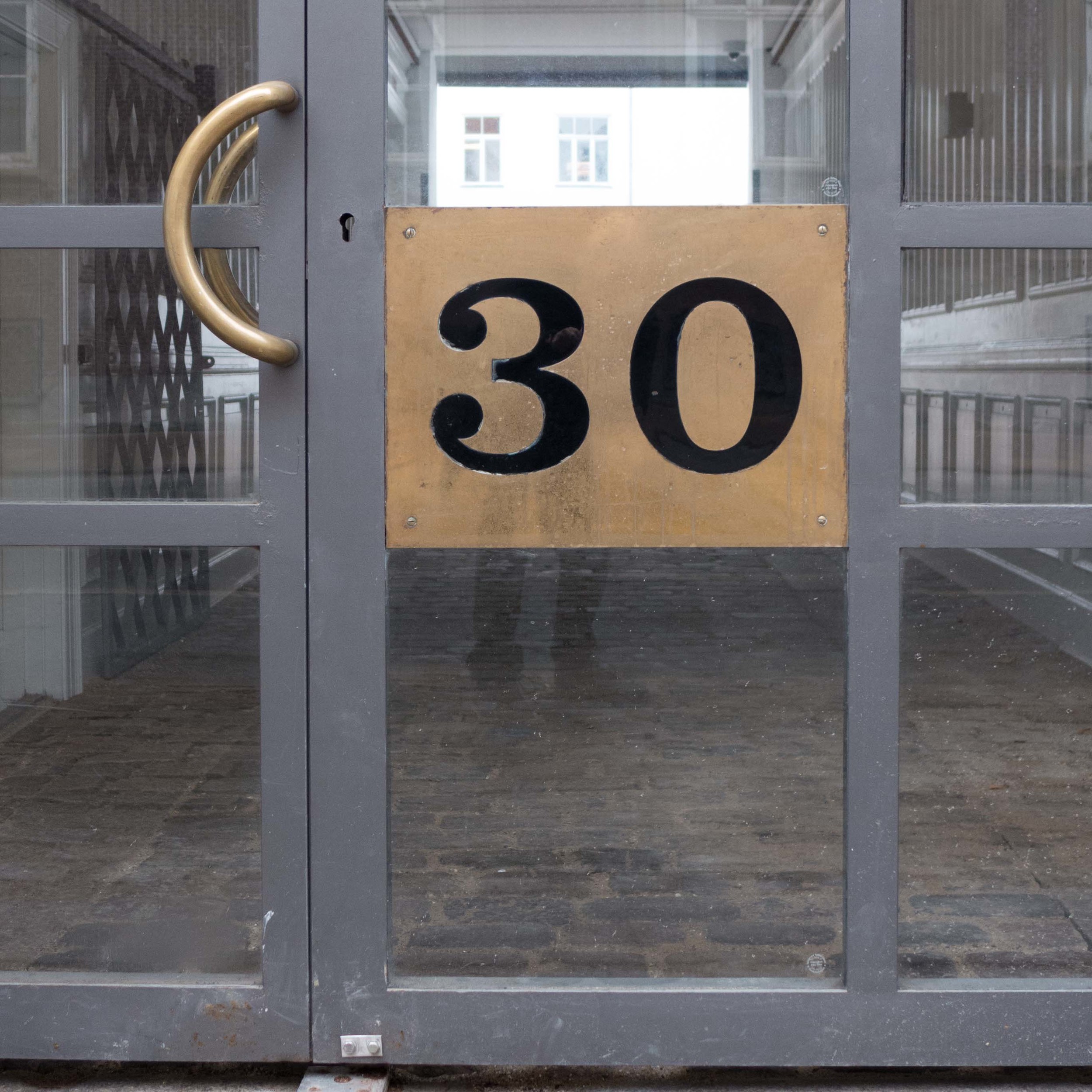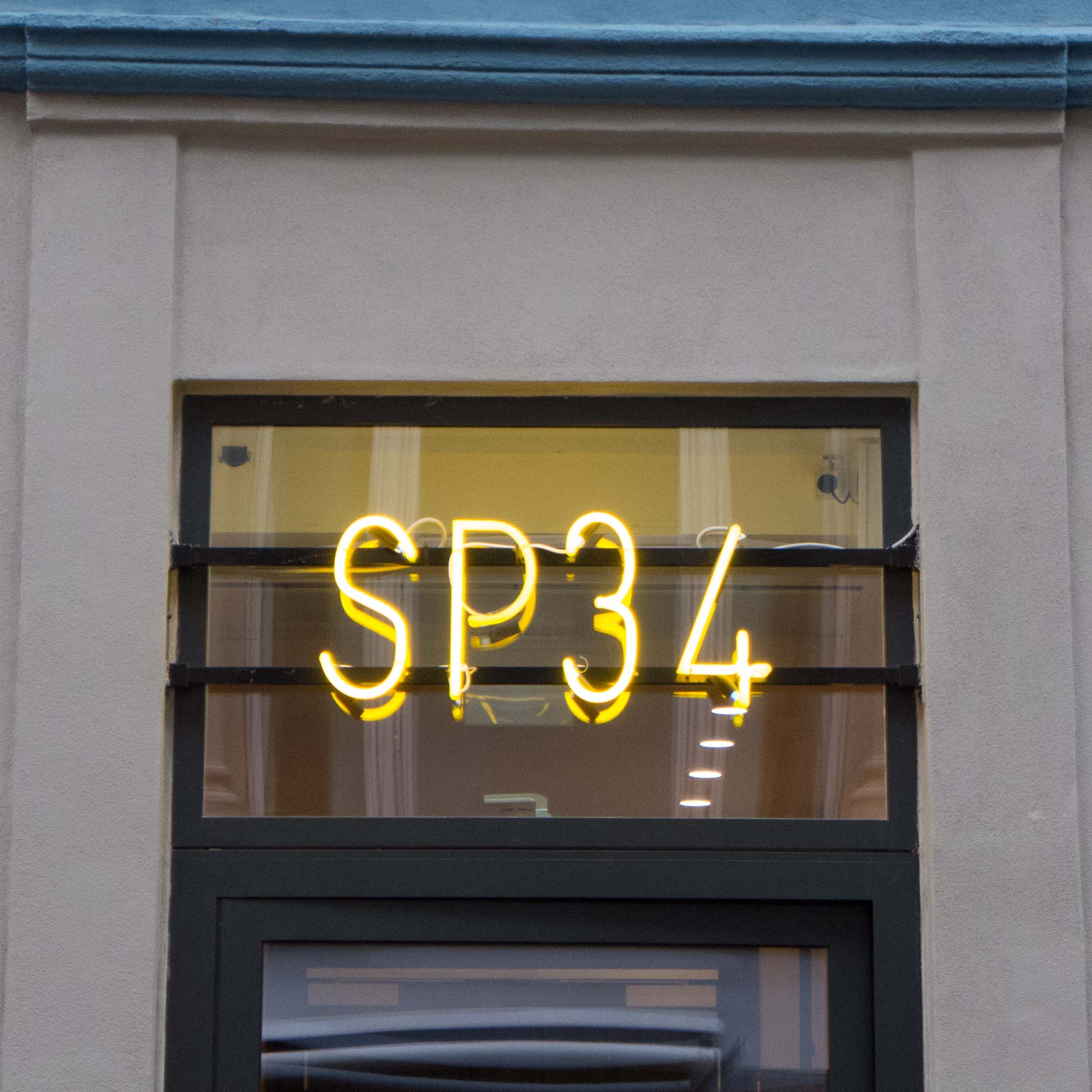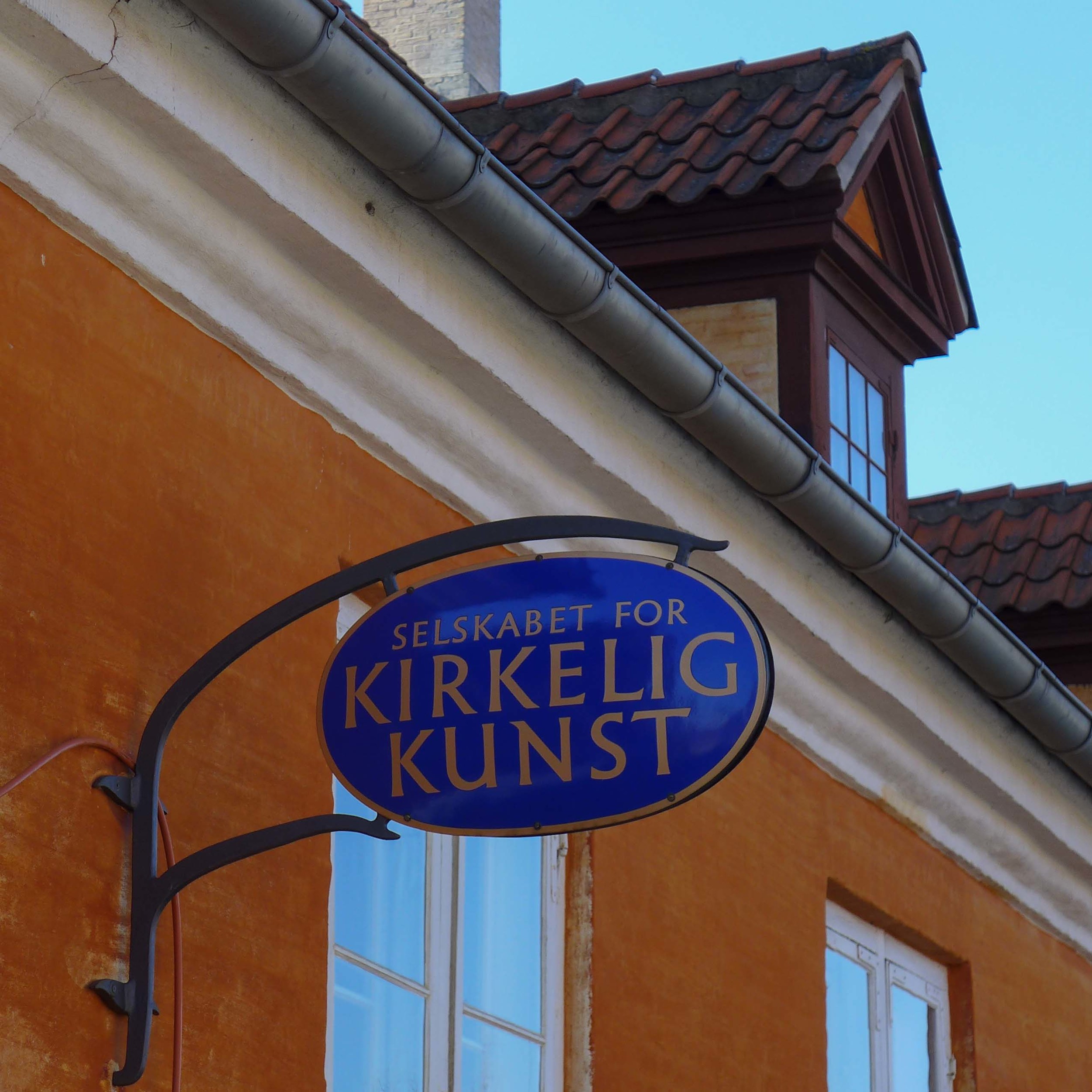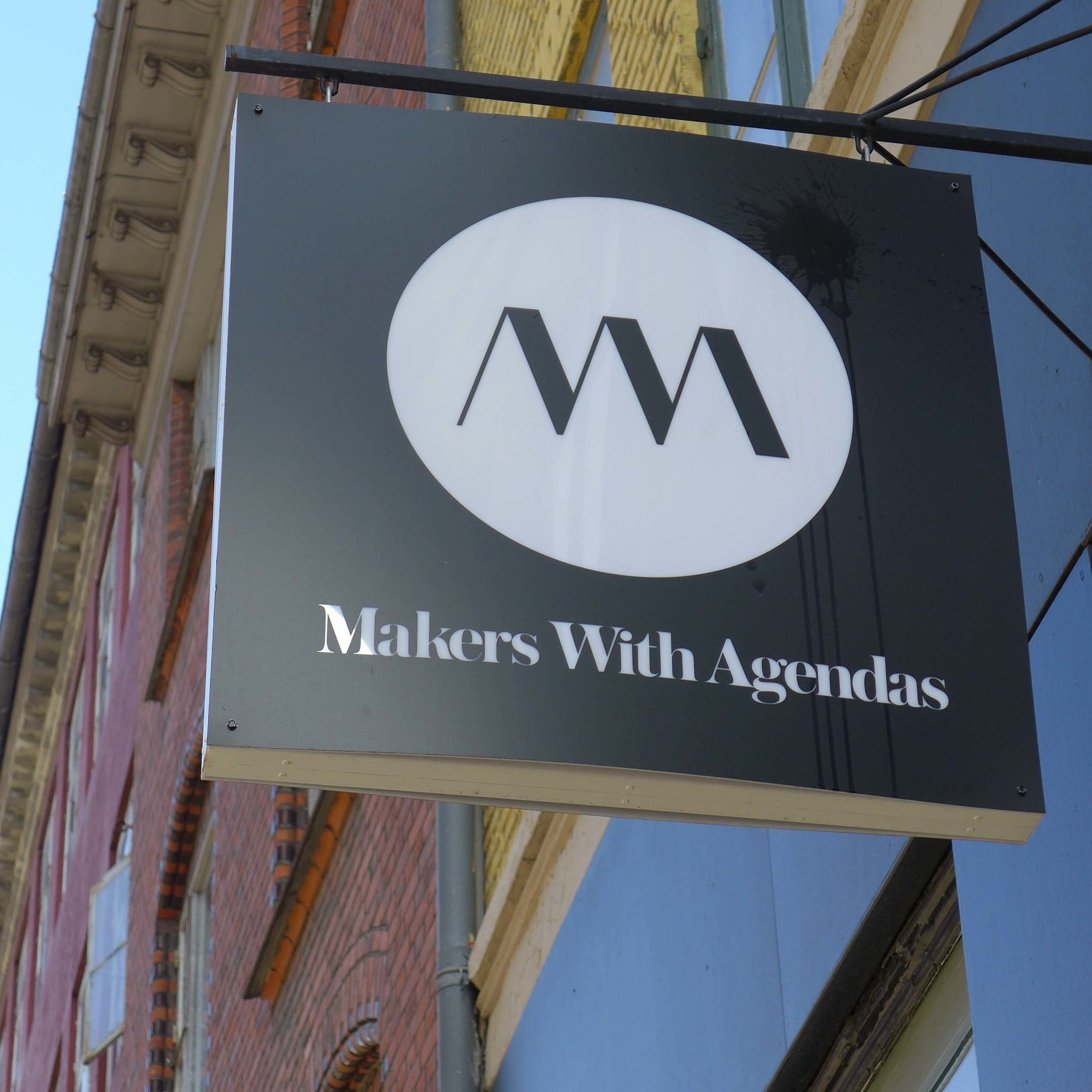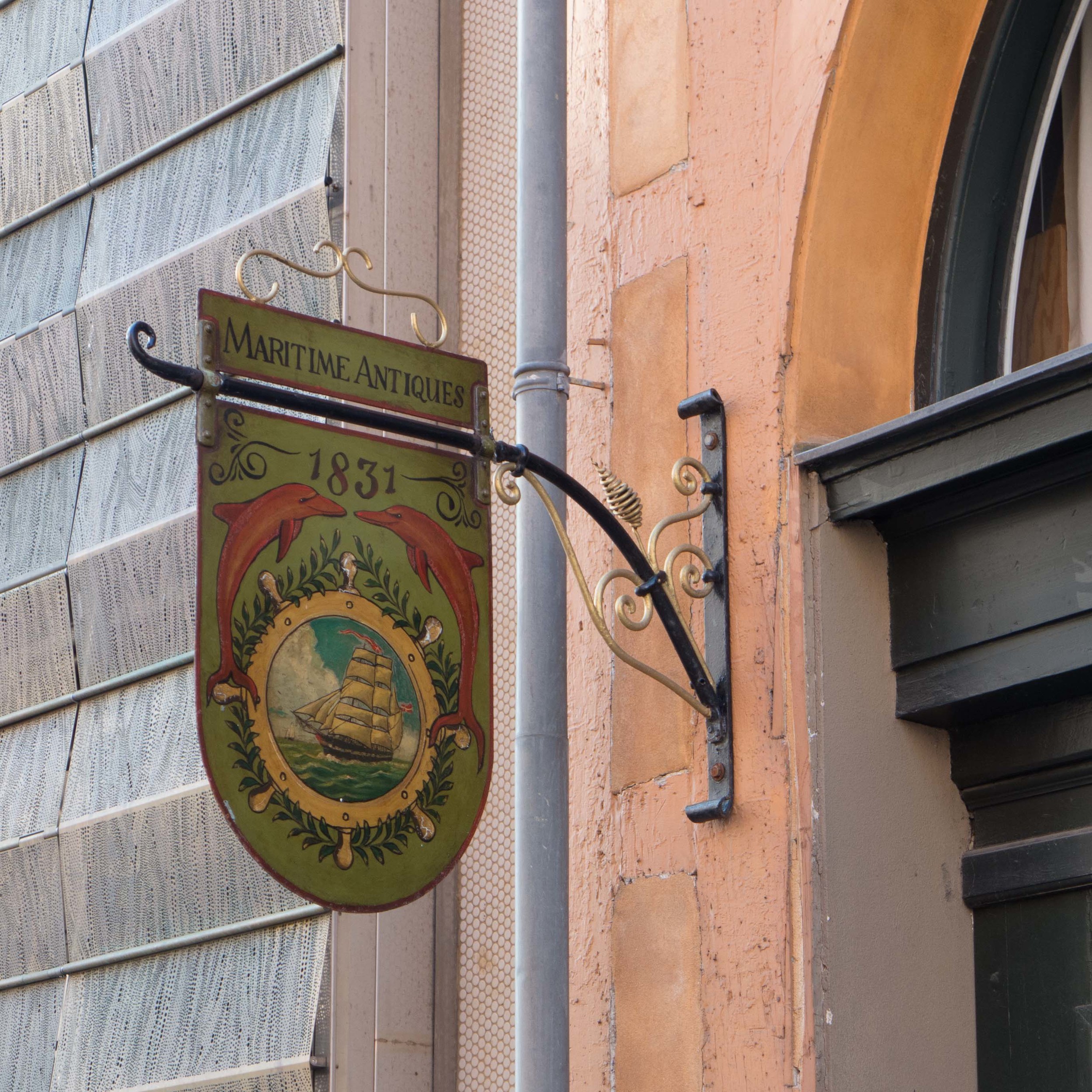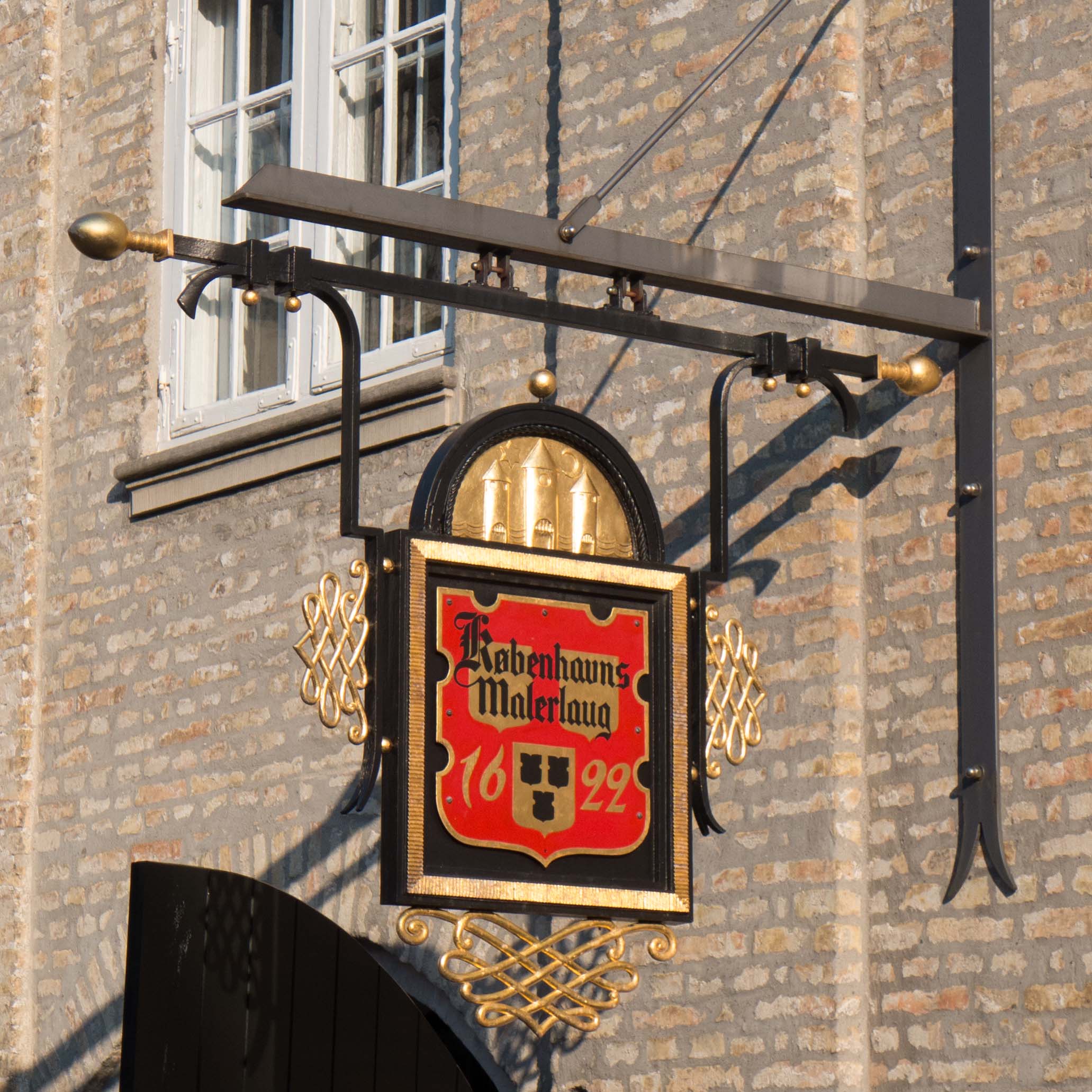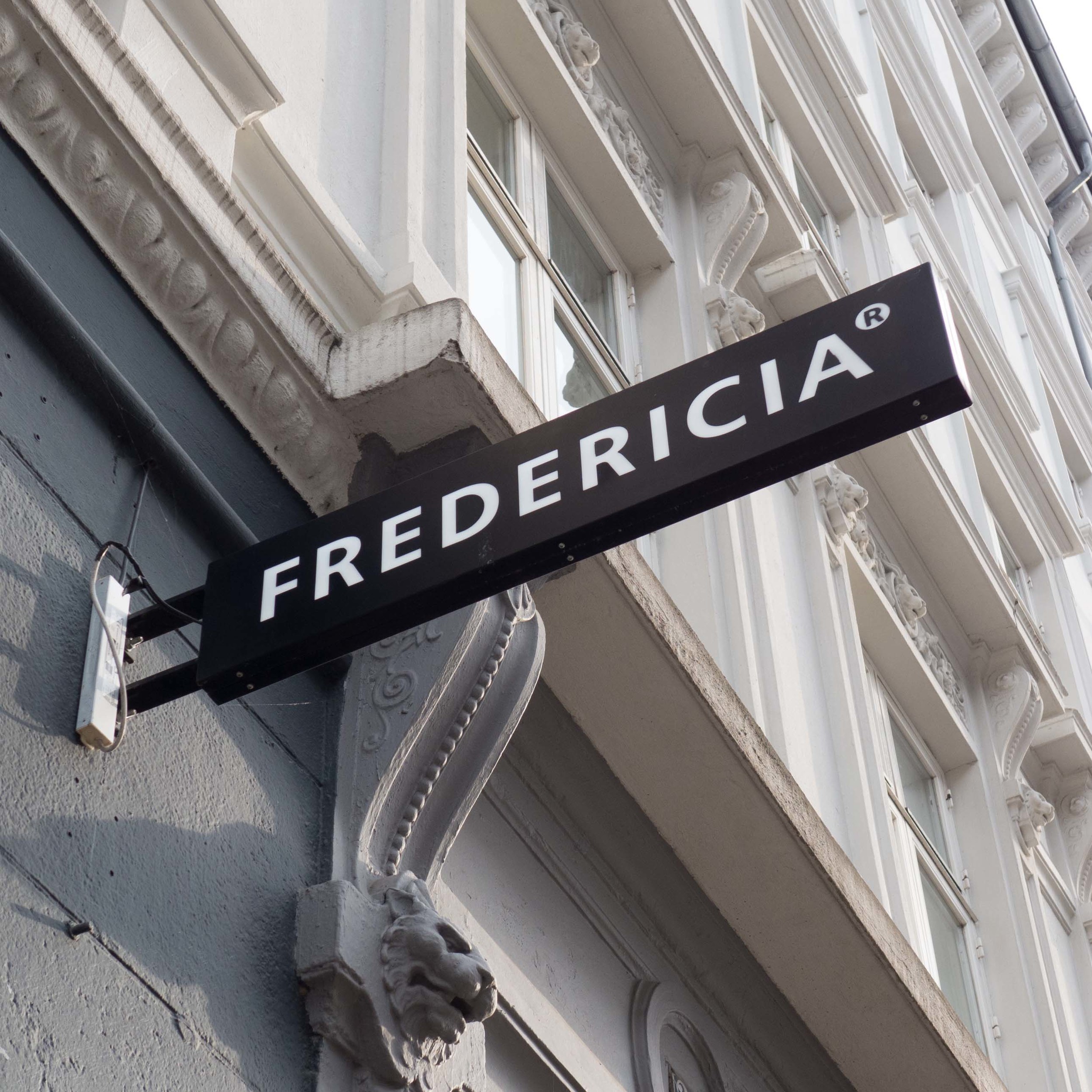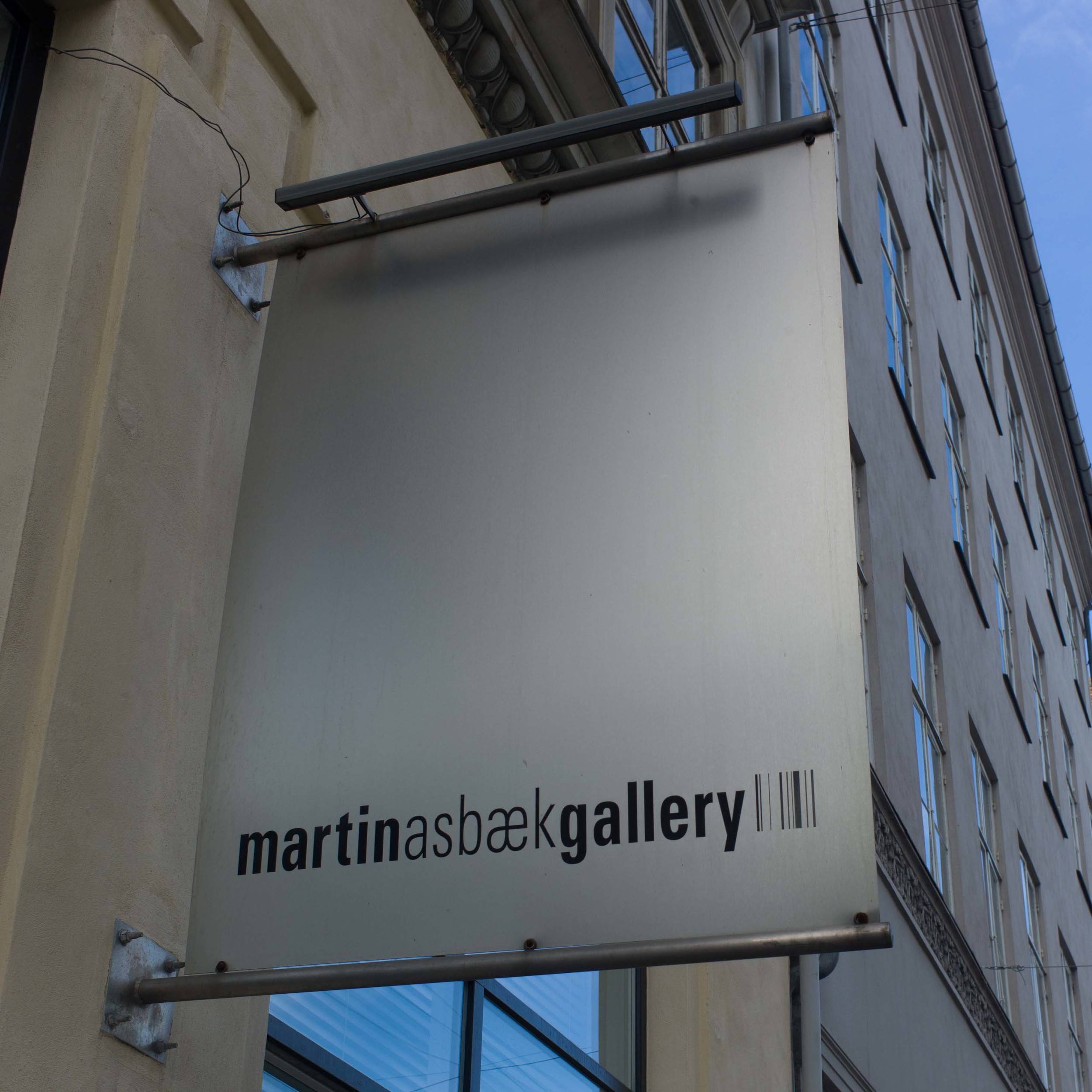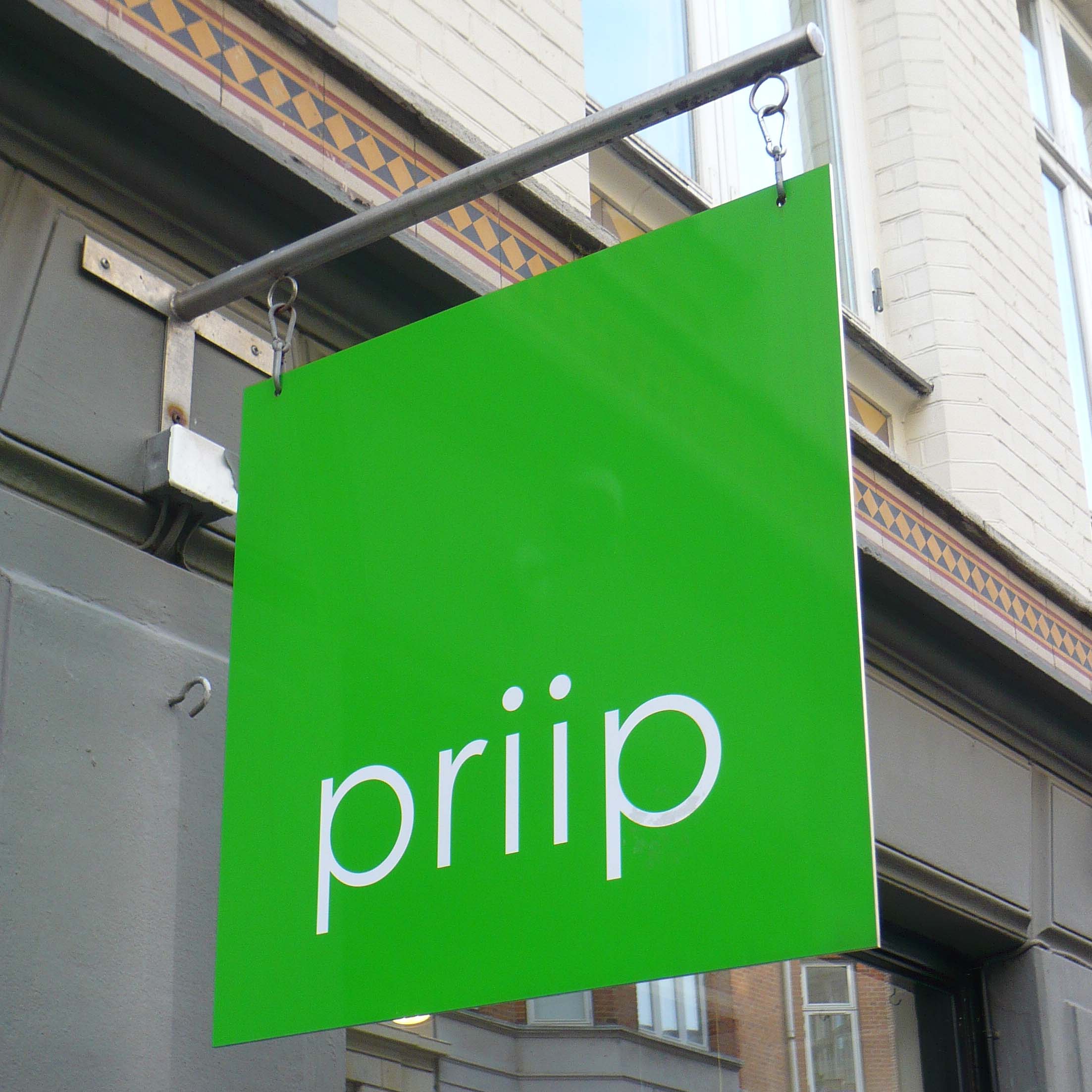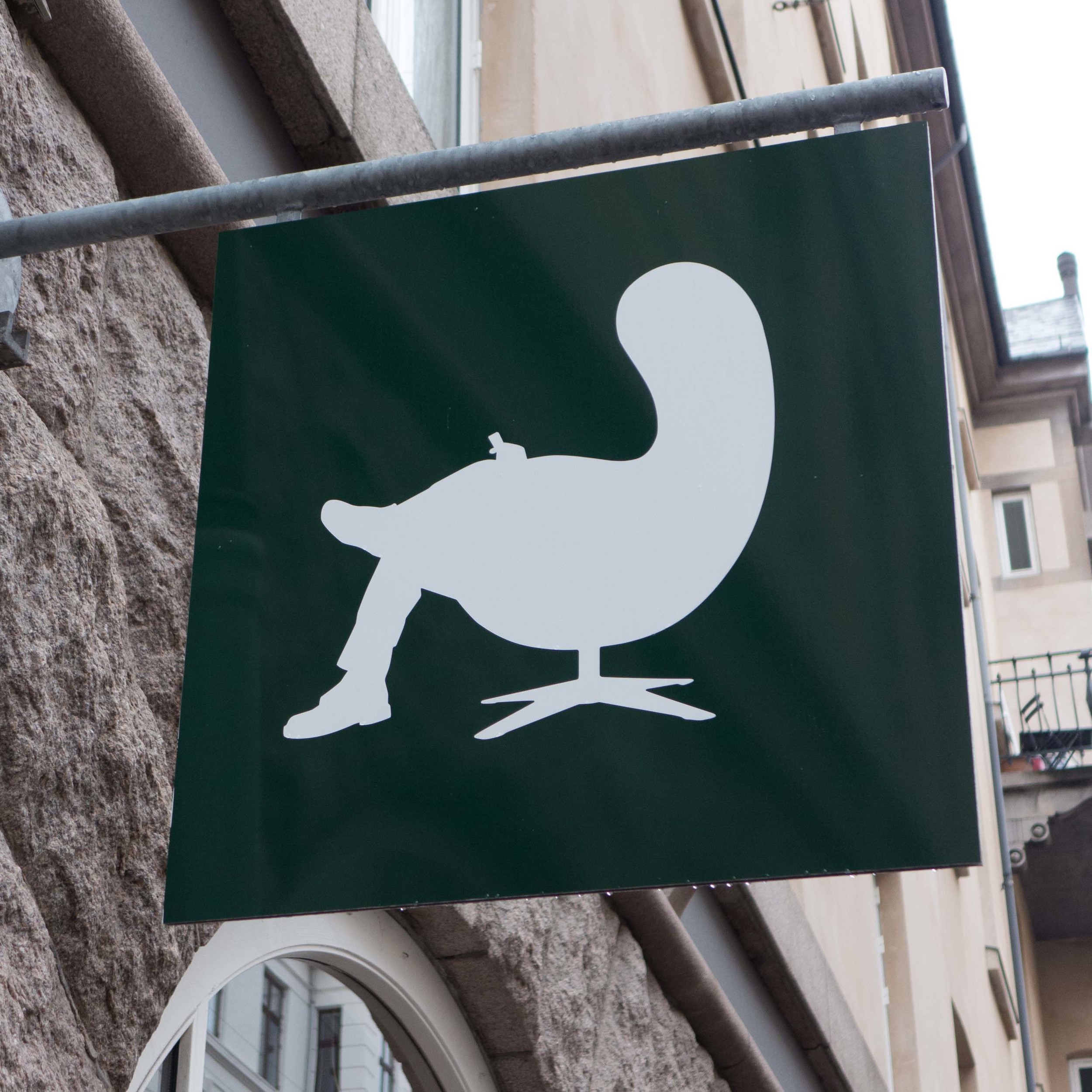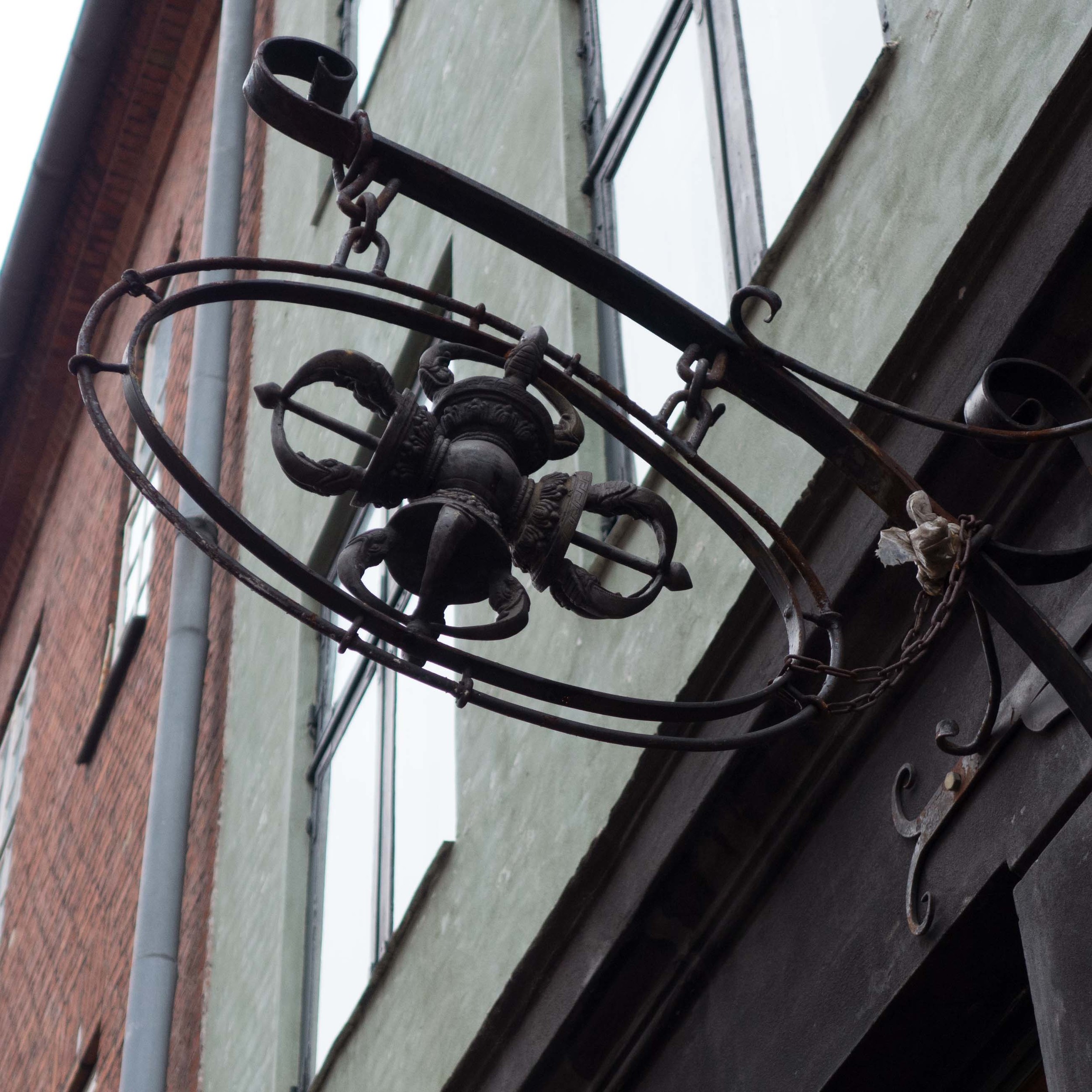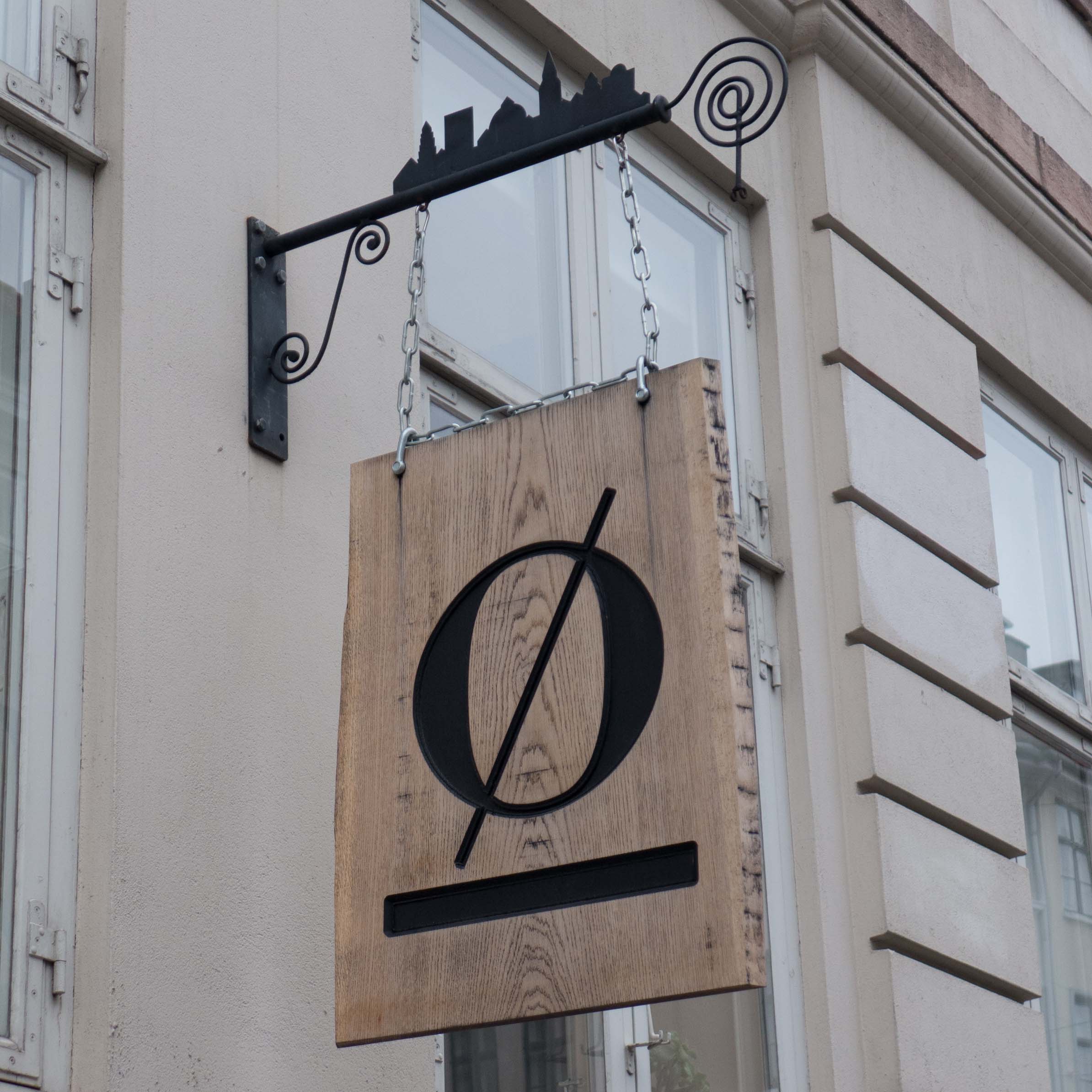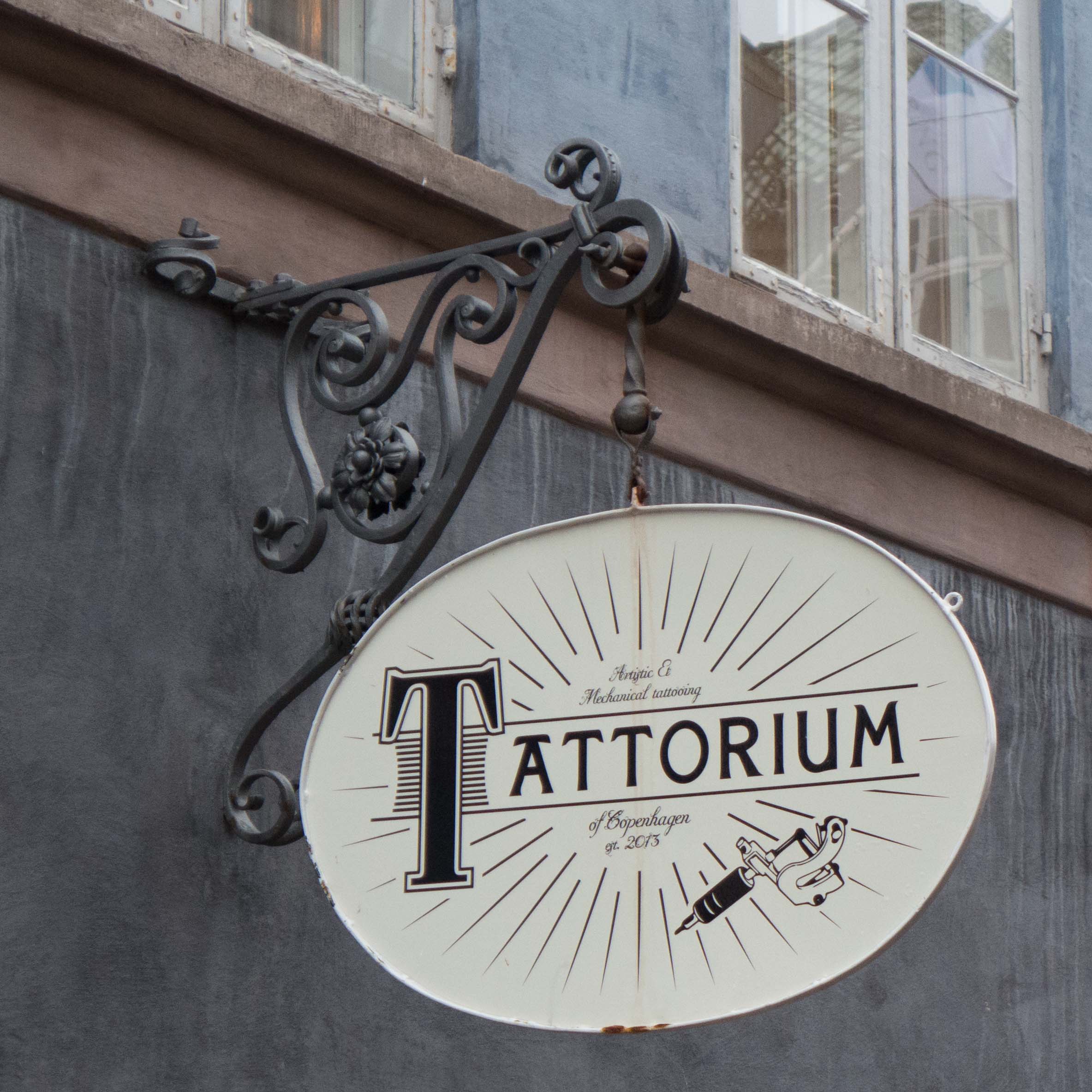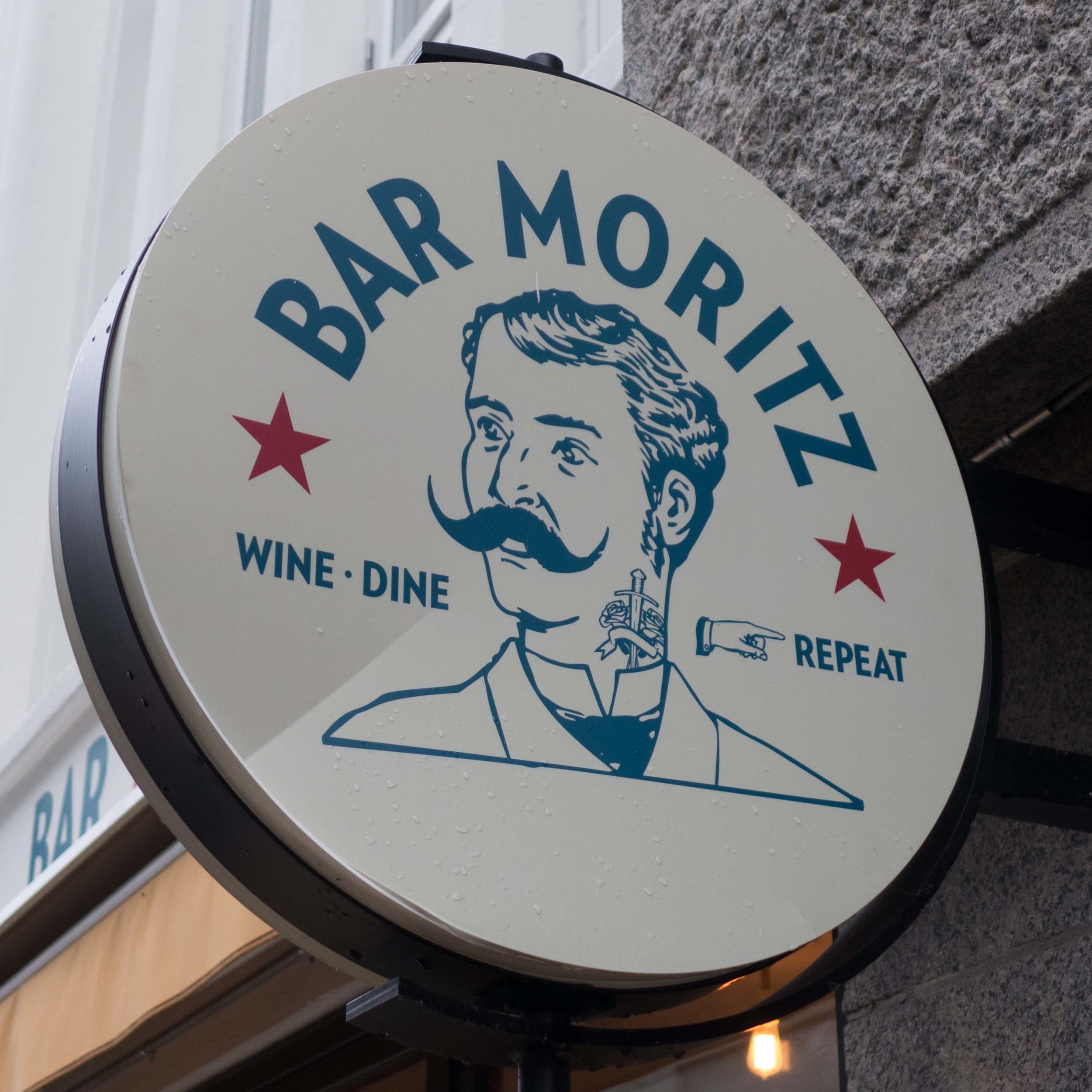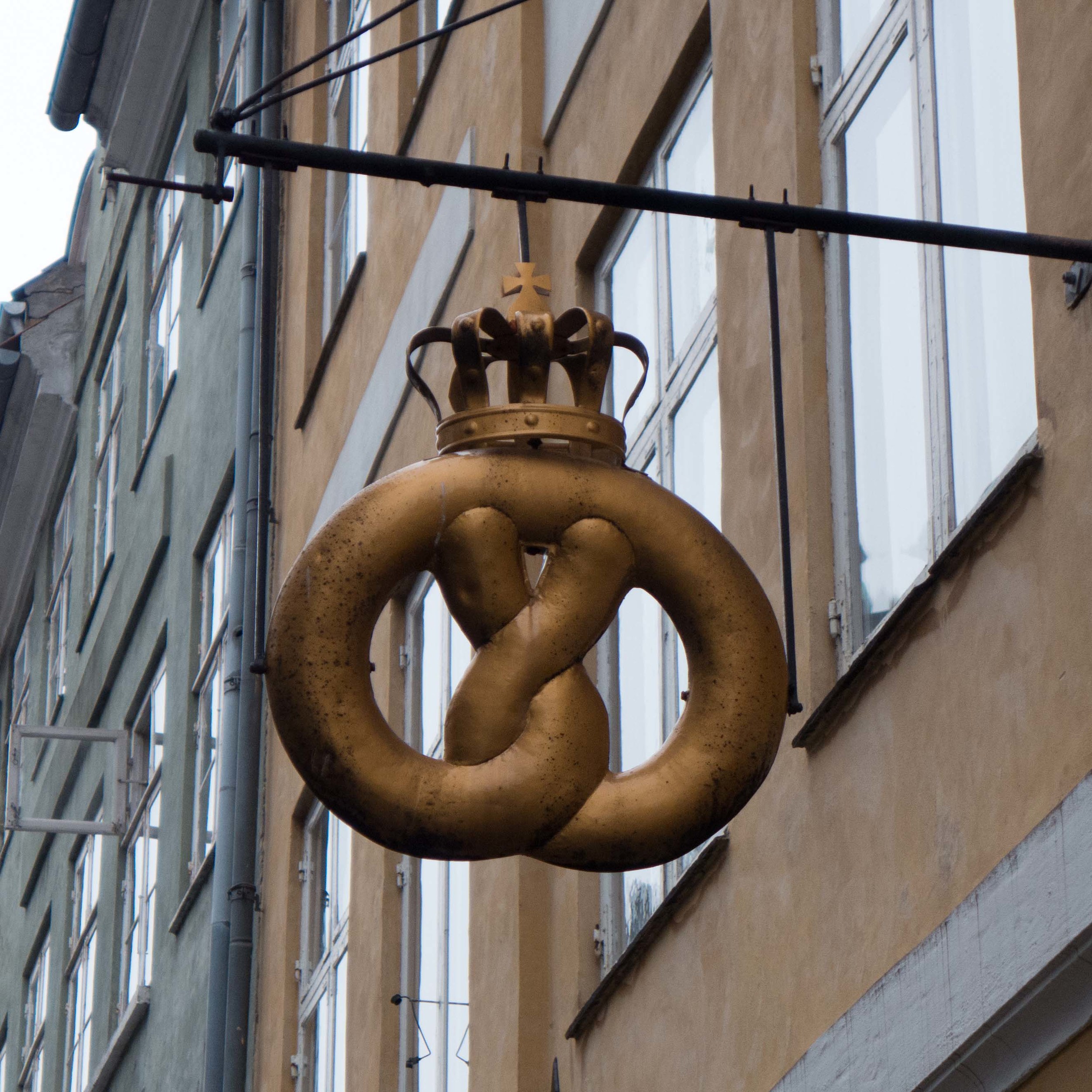Playtype
/A Danish brand and design agency, e-Types was founded in 2010. They established a type foundry and also have an on-line store and a small shop on the west side of the city in Værnedamsvej where they sell lettering and type on posters, mugs, T-shirts, sweatshirts and stationery along with magazines and books about type. Theirs is probably the only shop sign I have seen that gives you a reference to the typeface.
If you think that all sounds rather specialised and esoteric then think again because, in many ways, if you are interested in design and trying to understand more - trying to work out what makes one thing good design and another bad design - when you would actually be hard pressed to describe the difference - then typefaces and fonts are a good place to begin. For a start graphic design and type are universal so it is easy to find good and bad examples. Just compare a good quality newspaper or magazine with confused and muddled and badly printed advertising that is pushed into your mail box. Or look at a book that is a pleasure to read - not just text as words and meaning but pages that look good and where you can find your way quickly and easily aroud the page and compare that with one that looks chaotic and is actually difficult to read or do the same with shop signs or road signs to decide which ones are well designed.
Again there is a bench outside Playtype and people sit here to drink coffee from one of the nearby coffee places and local people from the neighbouring furniture shops and book shops and so on stop and chat. The staff or the partners, over from the main office, may well be there. That’s how I got talking to Rasmus Ibfelt, one of the directors of the company … happy to talk even though I was disturbing his coffee break.
What Playtype shows above all is that at every level and in every way, good design is about communicating … not least the idea of using good design to help communicate complex ideas or important information.
Playtype, Værnedamsvej 6, 1620 Copenhagen V, Denmark




